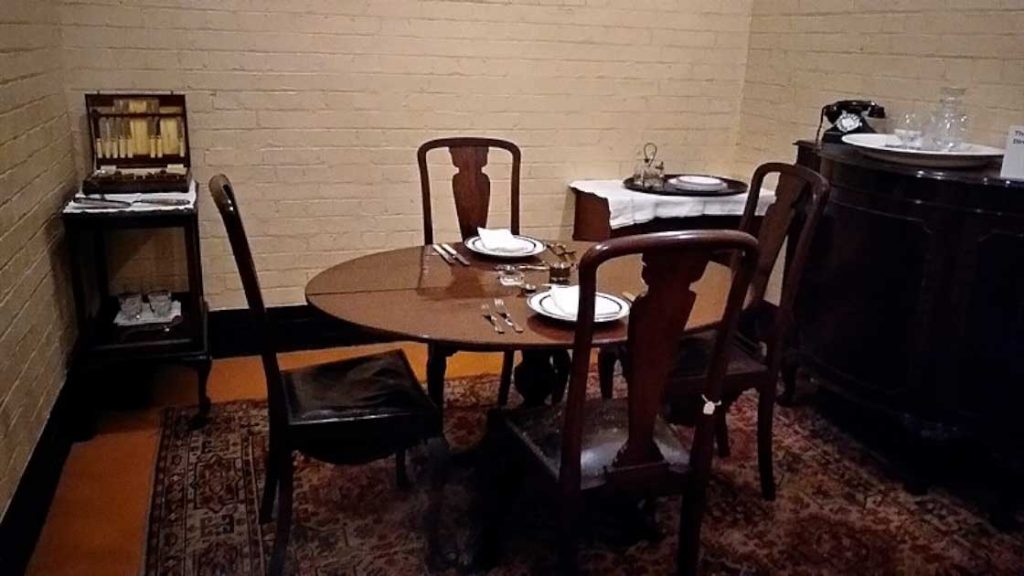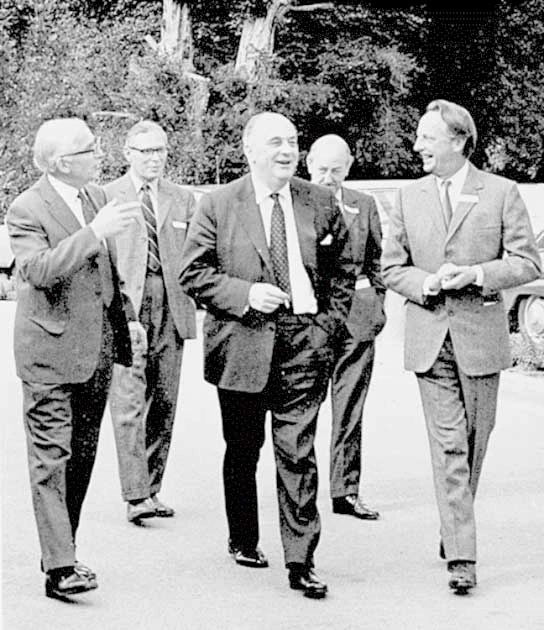The most horrific of atrocities are frequently perpetrated during times of war, and World War II was no exception. By 1943 the world had been shaken by four years of invasion and bombing.
Britain’s Prime Minister Winston Churchill and the Americans had reached an agreement at the “Casablanca Conference” which sought to increase the regularity with which the United States bombed Germany.
Germany, however, saw another opportunity at the conference: a chance to put an end to Churchill and in doing so maybe even end the war. But what sweet conspiracy had the Germans cooked up?
Journalist Jean Bray unearthed a letter that astounded her in 2009 while sorting through the possessions and correspondence of her late husband, Laurence Fish. The letter dated May 4th, 1943 was sent from Lord Victor Rothschild, M15’s most senior intelligence officer during WWII. Her rediscovery would unearth a wild tale of an unorthodox assassination attempt.
Churchill’s Sweet Tooth: Playing the Player, not the Game?
According to reports, German secret operatives based in Britain had been experimenting with explosives and devising new, innovative ways to conceal them in commonplace items. These ever-inventive agents used the time-tested strategy of exploiting their adversaries’ weaknesses.
Churchill’s proclivity for food, especially sweet treats, was common knowledge. His inclination towards overeating was so severe that doctors had warned him that he was eating himself into an early grave. As it turns out this almost was the case, but in a very unexpected way.
- Sending a Message: What was MI6 Doing With All That Semen?
- The Poison Squad Trials: Do You Know What’s In Your Food?
Hitler had instructed his agents to conceal an explosive device inside of a chocolate bar. The signature black and gold packaging of renowned brand Peter’s Chocolates was to contain both the explosive and the chocolate bar. A covert operative was tasked with hiding the box of chocolates in the War Cabinet’s dining area.

Churchill frequently visited this room, making it a perfect plan. The design of the explosive ensured that seven seconds would pass after the chocolate bar was opened before it detonated, severely injuring anyone within several meters, and certainly killing anyone who unlucky enough to have put the chocolate bar in their mouth.
Warning: Beware of Exploding Chocolate
After learning of the plot to assassinate the prime minister, British agents alerted M15. The most senior member of the M15 intelligence unit during World War II was Victor Rothschild, a biologist and member of the Rothschild banking family. In charge the explosives and counter sabotage unit, he oversaw a group of three people.
Rothschild immediately addressed a letter to one of his colleagues Laurence Fish, after learning about this sabotage scheme. The letter was marked “secret” and read:
“Dear Fish, I wonder if you could do a drawing for me of an explosive slab of chocolate. “We have received information that the enemy are using pound slabs of chocolate which are made of steel with a very thin covering of real chocolate. “Inside there is high explosive and some form of delay mechanism…When you break off a piece of chocolate at one end in the normal way, instead of it falling away, a piece of canvas is revealed stuck into the middle of the piece which has been broken off and a ticking into the middle of the remainder of the slab.”
It’s alleged that Rothschild was so alarmed by this perceived threat that he drafted this letter from a covert bunker in London’s Parliament Street. Included in the letter was also a drawing of the device described by Rothschild as a “very poor sketch” which was hastily scribbled down by the British spy who unearthed the explosive candy.
- Relationship Between Winston Churchill and King George
- Operation Northwoods: A US Terror Campaign Against Itself?
Fish was a self-taught artist who could create a suitably useful warning poster, but more crucially, he was a member of Rothschild’s three-man team and could be trusted with this sensitive information. Along with concerns for Churchill’s safety, there was also concern over the possibility that his horrible crime would claim the life of an innocent bystander. Uncertain of the extent to which their adversary would go, they erred on the side of caution and released the poster.
Churchill’s Near-Death is Unwrapped
Due to deaths and the passing of time, this story was lost for a long time. However, after Fish passed away at the age of 89, his widow, Jean Bray, uncovered hundreds of Fish’s papers in their home in Suffolk, England.
Bray sent the secret letter sent by Rothschild to The Telegraph newspaper and on July 17th, 2012, they published an article where they said the plot was, “Giving a new meaning to the dessert name “death by chocolate”, Adolf Hitler’s bomb-makers coated explosive devices with a thin layer of rich dark chocolate, then packaged it in expensive-looking black and gold paper.”

Along with the letter, Fish’s widow found many other drawings of explosive devices hidden in everyday objects. A number of these drawings were sketched on pages that had been ripped out of Ian Fleming’s “James Bond” novels, appropriately. Included were depictions of explosive pocket watches, thermos flasks, matchboxes, and even test plans for culinary timed bombs that used garden peas and water.
“I didn’t know that the drawings existed. He always kept the letters, but nobody knew what had happened to the drawings. We presumed that they had been destroyed or lost.”, said Bray in an interview she gave for the Gloucestershire Echo.
Throughout the six-year duration of World War II, Germany bombed Britain frequently, but it may only have taken a simple sugar craving to bring down a superpower the size of Britain. An audaciously clever scheme, foiled at the last minute.
Top Image: Could the Nazis have killed Churchill with a chocolate bomb? Source: Mx Granger / Public Domain; FDR Library / Public Domain.
By Roisin Everard